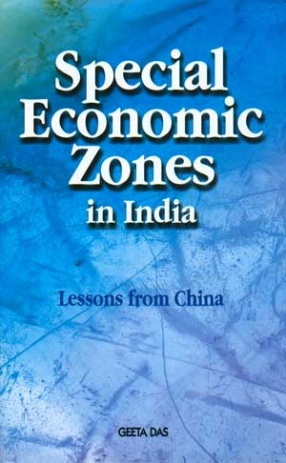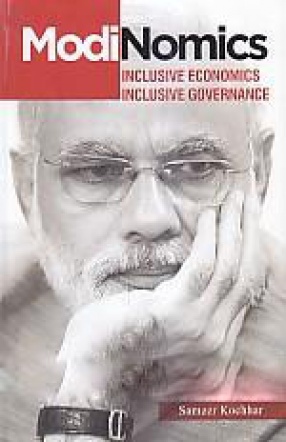Economic growth of China in recent years has been unprecedented. Its success is attributed to the strategy of developing Special Economic Zones (SEZs). Encouraged by China's success, many developing countries, including India, are trying to replicate this new strategy of fast-track development.
SEZs are geographical regions in a country subject to economic laws which are liberal than typical economic laws of that country. SEZ can be deemed as a foreign territory for the purposes of trade operations, duties and tariffs. Units in SEZs enjoy lot of fiscal pampering.
China set up four SEZs in the late 1970s on experimental basis to attract foreign capital, technology and managerial expertise. This was part of Chinese model of export-led growth. Many in India believe that SEZs will create thousands of skilled and semi-skilled jobs in export-oriented industries and service and ensure double-digit growth rate in the future.
The recent initiative of the Government of India to set up SEZs on the pattern of China is a welcome change in the strategy for economic development and export promotion. The move is a bold departure in the basic approach to development efforts. It is an acknowledgement of the potential of export-led development strategy.
This book describes and examines the policy initiatives pertaining to SEZs in India. It also presents a comparative view of the economies of India and China with focus on SEZs as vehicles of faster economic development.





There are no reviews yet.